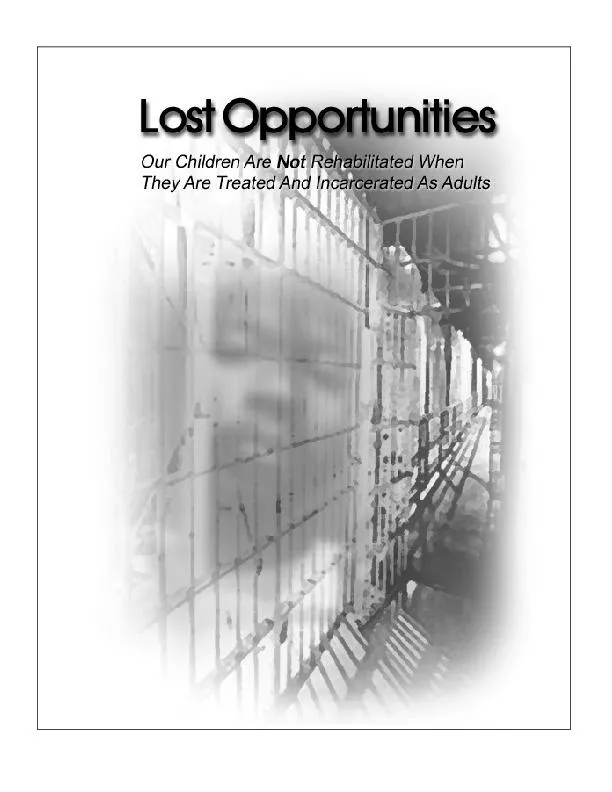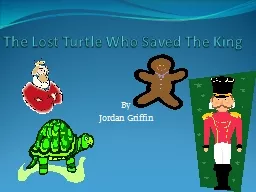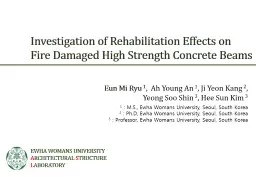PDF-Lost OpportunitiesOur Children Are Not Rehabilitated When They Are Tr
Author : olivia-moreira | Published Date : 2016-07-21
LOST OPPORTUNITIES INTRODUCTION Our children are not rehabilitated when they are treated and incarcerated as adults uring the 1990s 47 state legislatures and the
Presentation Embed Code
Download Presentation
Download Presentation The PPT/PDF document "Lost OpportunitiesOur Children Are Not R..." is the property of its rightful owner. Permission is granted to download and print the materials on this website for personal, non-commercial use only, and to display it on your personal computer provided you do not modify the materials and that you retain all copyright notices contained in the materials. By downloading content from our website, you accept the terms of this agreement.
Lost OpportunitiesOur Children Are Not Rehabilitated When They Are Tr: Transcript
Download Rules Of Document
"Lost OpportunitiesOur Children Are Not Rehabilitated When They Are Tr"The content belongs to its owner. You may download and print it for personal use, without modification, and keep all copyright notices. By downloading, you agree to these terms.
Related Documents














